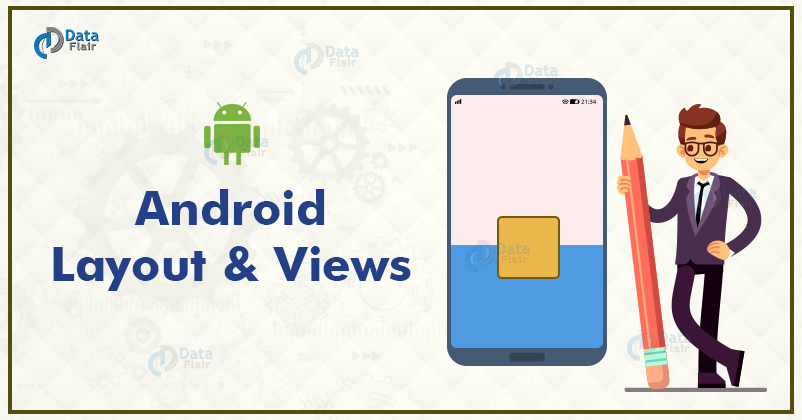

- #SIMPLE ANDROID APP TUTORIAL INSTALL#
- #SIMPLE ANDROID APP TUTORIAL UPDATE#
- #SIMPLE ANDROID APP TUTORIAL LICENSE#
Once the emulator has been created, you'll see a button that says Start. This will download the emulator images and finalize the creation of the emulator for use in Visual Studio. Read through it and select Accept to continue the process.
#SIMPLE ANDROID APP TUTORIAL LICENSE#
Select Create.Īt this point, you may be prompted to agree to the license agreement for the Android emulator. This brings up a New Device dialog that already has a default Android device preconfigured for a base emulator. This brings up a User Account Control prompt to be accepted to start the emulator creation process. You'll see "Android Emulator" in the debug menu. If this if your first time building a Xamarin application, you'll need to create a new Android Emulator. If you've already done this, you can skip this step. If you don't have a device to deploy to, you'll need to set up an Android emulator or use a device. Your device is now configured and will show up in Visual Studio as a deployment target.

Choose the scenario that is most applicable to you. To debug with an Android device, you can either configure your Android device to connect to Visual Studio or use use an emulator.
#SIMPLE ANDROID APP TUTORIAL INSTALL#
An Apple ID is required for installing and signing into Xcode.Īfter installing Xcode, you must open Xcode, agree to terms of service, and install optional components, if prompted.

If you don't already have an Apple ID, you can create a new one at. If your Mac isn't compatible with the latest version, it may be possible to use an older version of Xcode. If you want to build Xamarin apps for iOS or macOS, you'll also need:
#SIMPLE ANDROID APP TUTORIAL UPDATE#

If you already have Visual Studio 2022, you can add the Mobile development with. NET workload (the installation link above already pre-selects that option). During installation, select the Mobile development with.


 0 kommentar(er)
0 kommentar(er)
